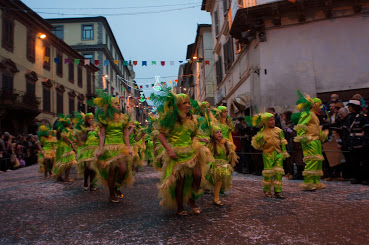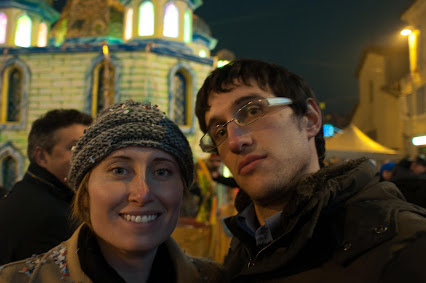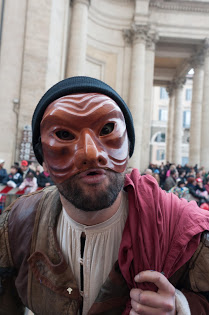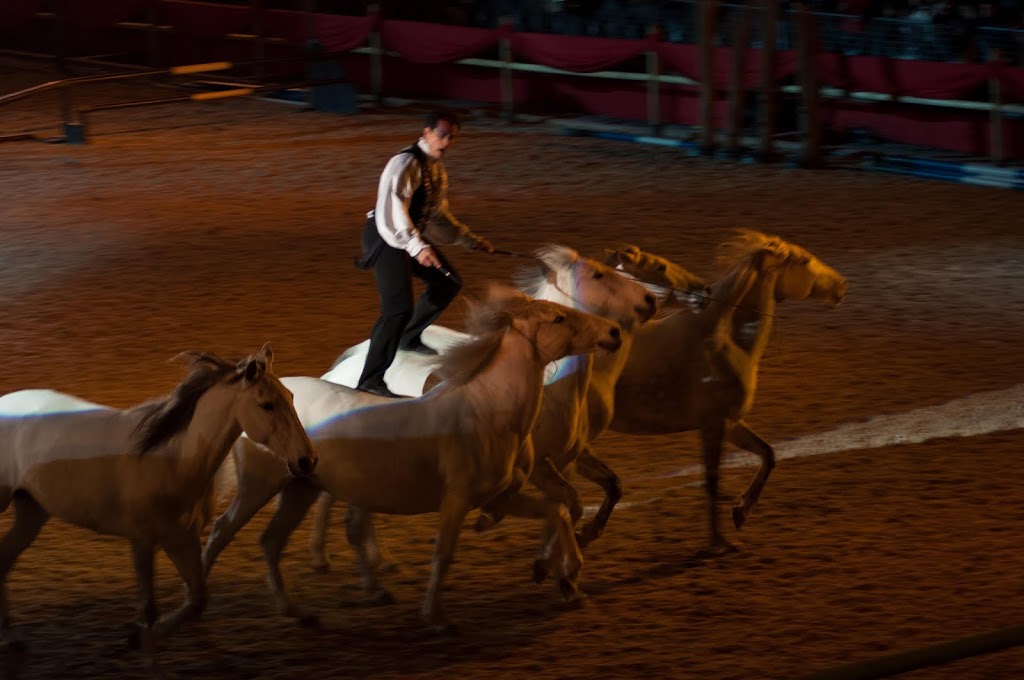Last Christmas Daniele’s brother gave him this little MoveBox, which is an Italian company that sells hotel packages. There are different ones, with different themes. Ours was places with “Charm”. The little box that the gift certificate came in included a book of countless places, mostly agriturismo (converted farms). Many of them had pools, so we had been waiting for a chance to use it in the summer.
We first thought we would stay in Tuscany, but since it is August, many places were full or had minimum stay policies. We ended up choosing a beautiful place, Agriturismo Podere Borgobello in Colle Umberto near Perugia, Umbria instead. I was excited to see Perugia. This was also near Lake Trasimeno, which Daniele wanted to see.
Our “weekends” work around Daniele’s work schedule, typically the day after his night-shift and his day-off the following day. When he came home, around 7:30am, we finished packing up and hit the road for Umbria.
The first stop was Lake Trasimeno. We visited the city, Passignano sul Trasimeno, which was a cute old town right on the lake that also went up into the surrounding hills. There were trails that went up into the hills, which we did a little of, but it was a hot August day, so I was not very interested in doing more of that. We did get some nice views of the lake below, though. The city also features a “Rocca” or castel-like fortess structure right at the center, which I always love.
The area around the lake was nicely set up for tourists or day-trippers. They had public bathrooms (not easy to find in Italy), a shaded picnic area (that we took advantage of with sandwiches we made that morning), and a spring water dispenser. Many Italian cities/towns have these water dispensers. Locals can typically get a key to get free still or naturally sparkling spring water; everyone else pays 5 cents a liter, which is almost free.
After lunch we went off to the little town of Colle Umberto to find this Podere Borgobello where we were staying and hopefully use their pool! And that’s just what we did the rest of the afternoon. We had passed signs on the way for a pizzeria, Il Cucuzzaro. Daniele hates going places he has not already eaten, but when we showed up here, they could hardly fit us in they were full with reservations. Now, we’re really in the middle of nowhere, so that’s really impressive. The food was great, and nice size portions, and cheap. I got the Ortalana Pizza, that’s with zucchini and peppers on it. It was really good, they roasted the veggies before putting them one the pizza, rather than just letting them cook on the pizza. And there were a mix of different peppers all were fresh and delicious. Daniele got some type of pasta with goose meat. It came with hand made pasta and was apparently very good.
Saturday morning, after a delicious buffet breakfast, we went to Perugia. We were given some parking advice, to go to the lot at Piazza dei Partigiani, since it was still pretty early. From there we easily took the escalators to the top if the ancient town.
Like most Italian cities, Perugia is famous for a particular export, Perugina Chocolate – the company that make those little Baci among many other delicious things. I was hoping there would be a general Chocolate culture, like Modica, Sicily, but it seemed to really just be Perugina. They had a store right in the middle of the historical center where I bought a bar of Fondente Luisa. This is apparently the original dark chocolate recipe the founder started the company with. It’s pretty good!
The escalators of Perugia bring you right into the old ‘Rocca’ or fortress that once upon a time was all that Perugia was. It’s remarkably well preserved and pretty much open to be wondered around. From here you take a second, shorter escalator out to the “modern” historical center. We came up in Largo della Liberta where there happened to be an antiques market happening. There also is the Palazzo della Provincia, the equivalent of a County Capital Building right there and the main, store-lined, street that leads to the main square. The main square is dominated by two large buildings, one on each side. There is the Palazzo dei Priori and the Cathedral of Perugia.
As implied by all the escalators, Perugia’s historical center is high up. After we hit the big sites we wondered around a bit and found some beautiful views of the surrounding cities and countryside. There are also some park areas, some small side streets, and just generally lots of charm. I really liked Perugia!
We started our day early to beat the heat and felt we had seen what we came to see by early afternoon. So we went to another city not to far and generally in the direction of driving back to Rome, Todi. Daniele wanted to go to Todi last weekend and Spoleto won out, which I think was a good call since Spoleto is a bit bigger with a bit more to see. Something I just learned, Todi is a city in Umbria, Toti is the very famous captain on the Roma soccer team, and Todis is a large supermarket brand. In case there is any confusion.
When we got to Todi we had no change for the parking machine, but by some miracle there was some the return change slot, so we used that to pay for two-hours of parking. In that time we climbed up to the top via the main street, stopping for random photos along the way, went around the very top a bit, and came back down. Then we stole some figs from a tree before Daniele pointed out to me they were actually privatly owned (it seemed like a public area). It was my first time eating a fig right off a tree and it was delicious! I saved a few that I made into pizza the next day. Maybe someday I’ll make a food blog. Overall Todi was charming. We were tired, so I don’t know if we missed things, but it felt like we saw it all in two-hours.
Then it was back home to Rome. Such a lovely weekend!
Photos from this trip are online here:
https://picasaweb.google.com/111221349198606775660/20120824UmbriaGetaway





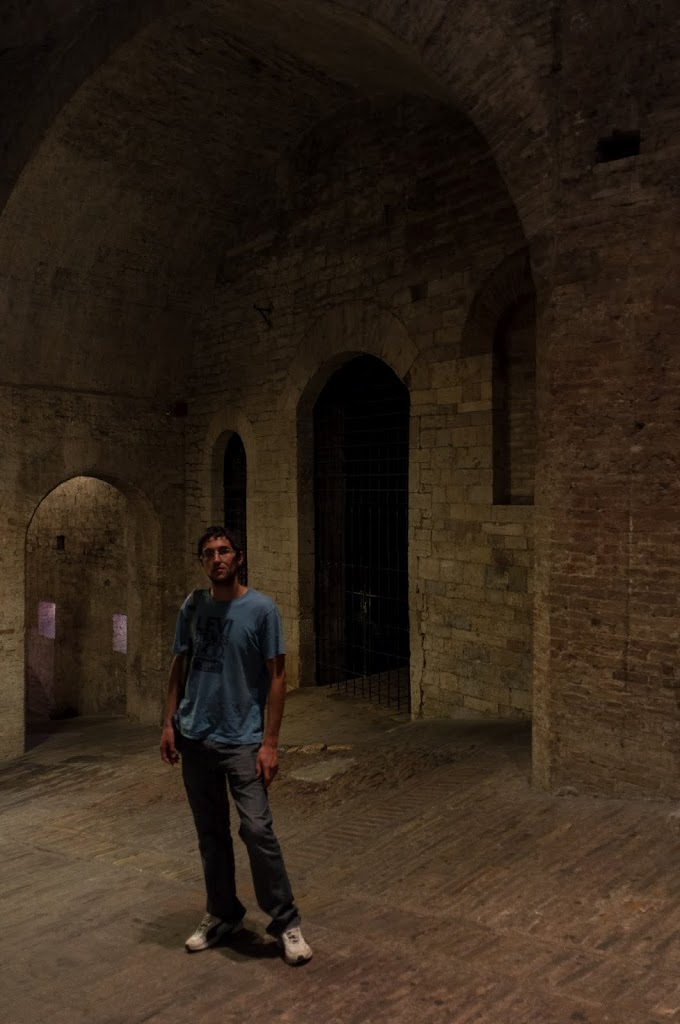

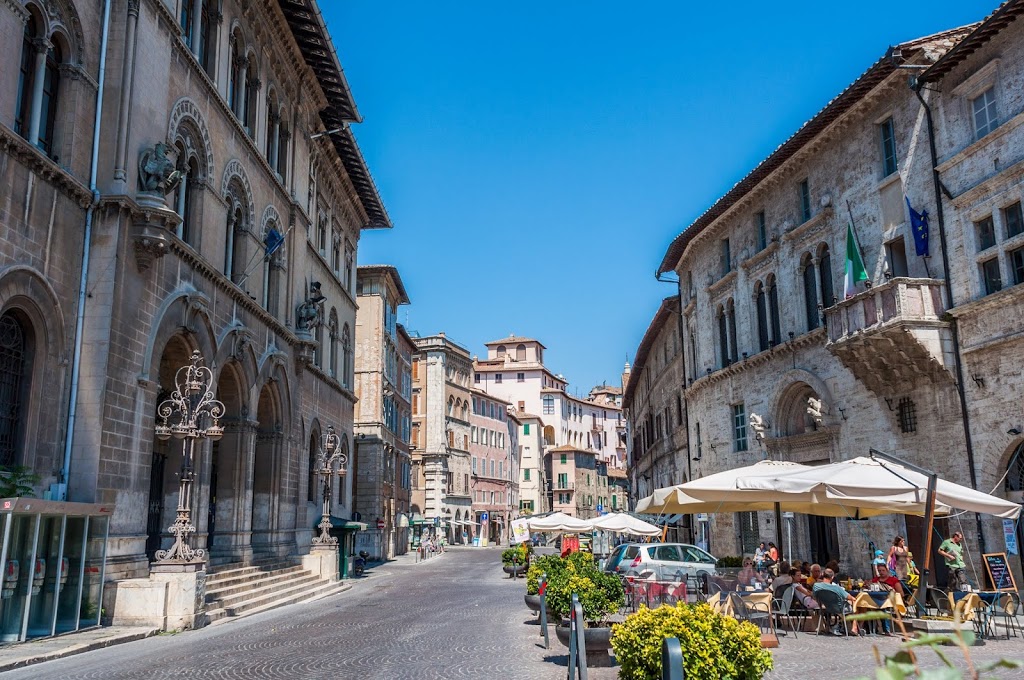



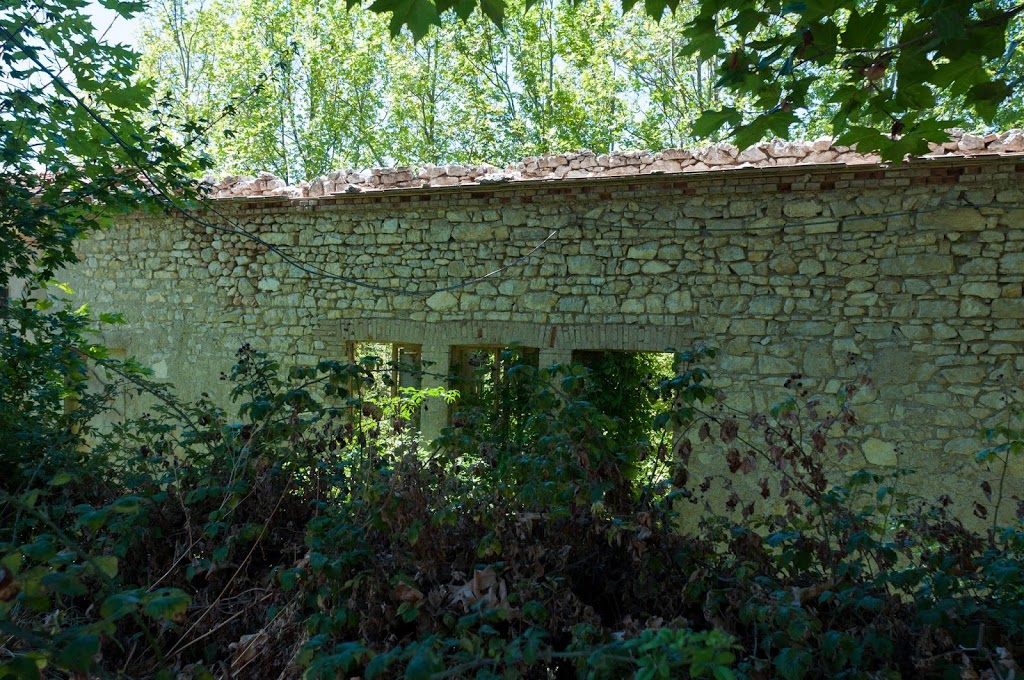


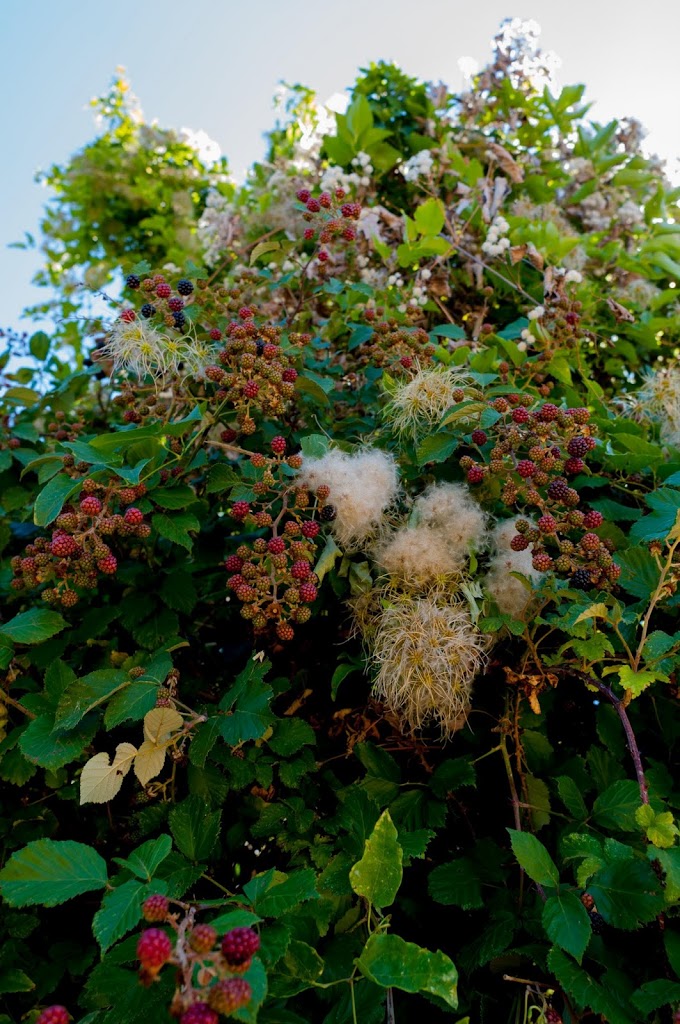

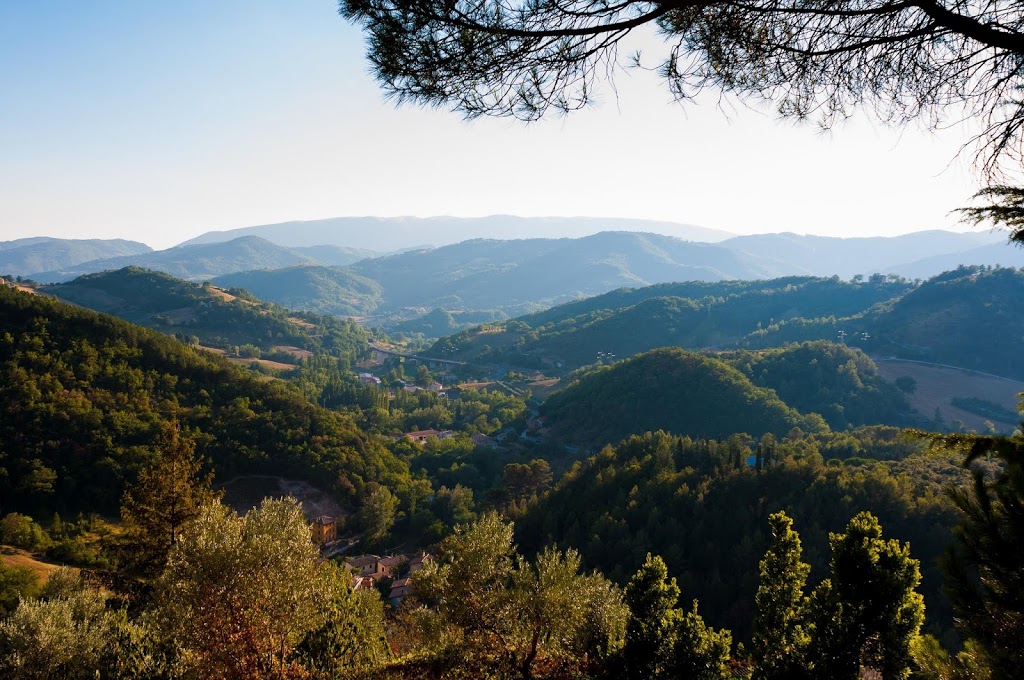








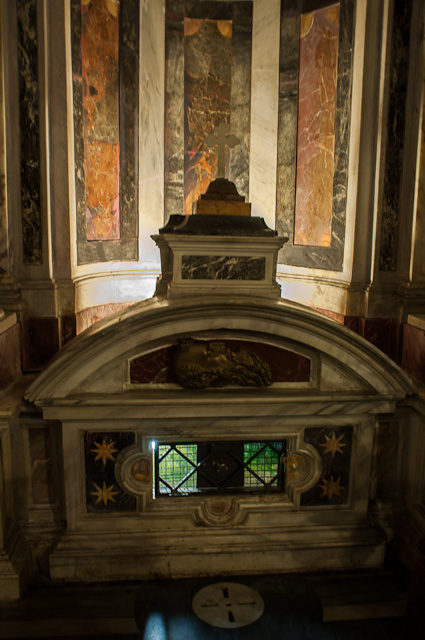

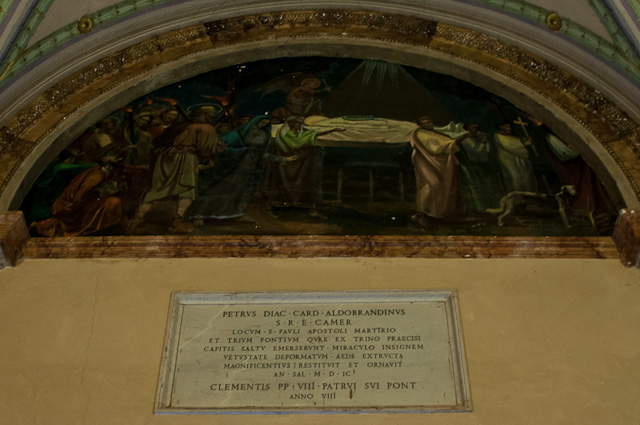

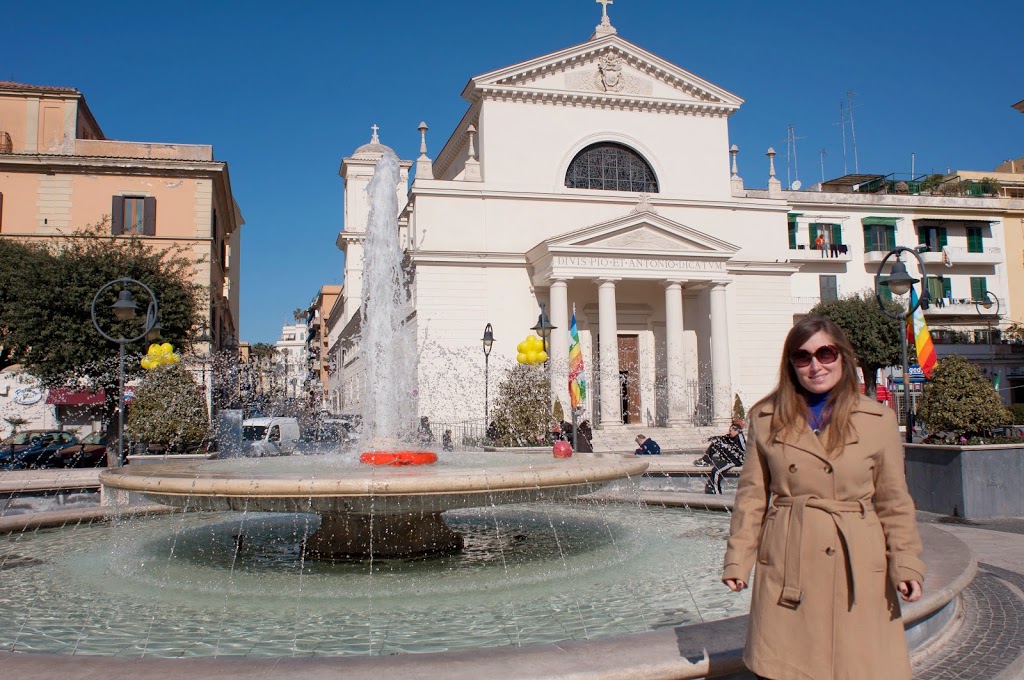




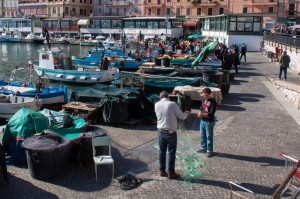

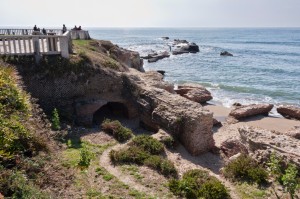

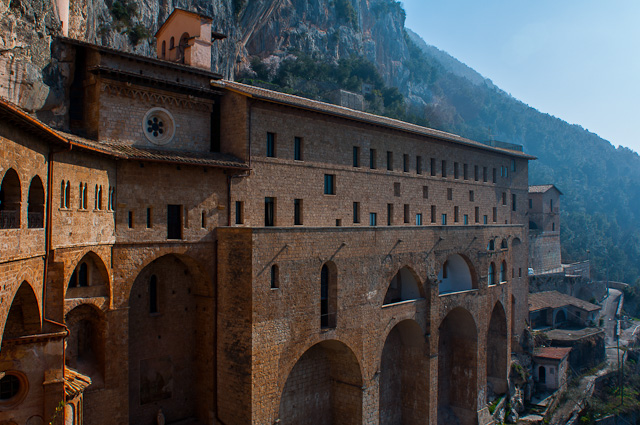

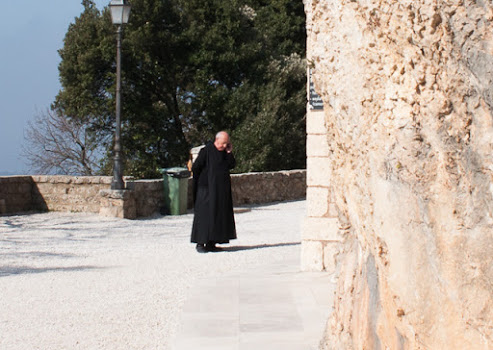
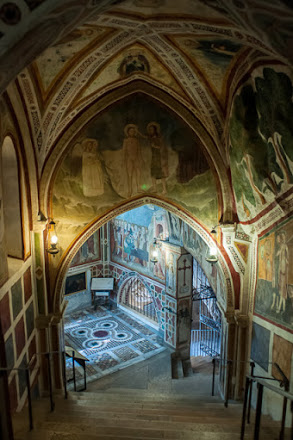
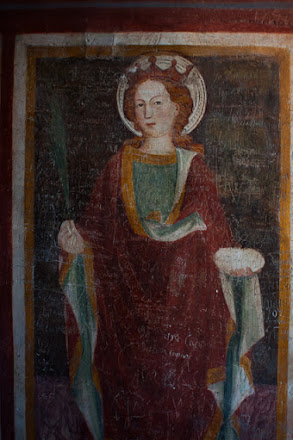



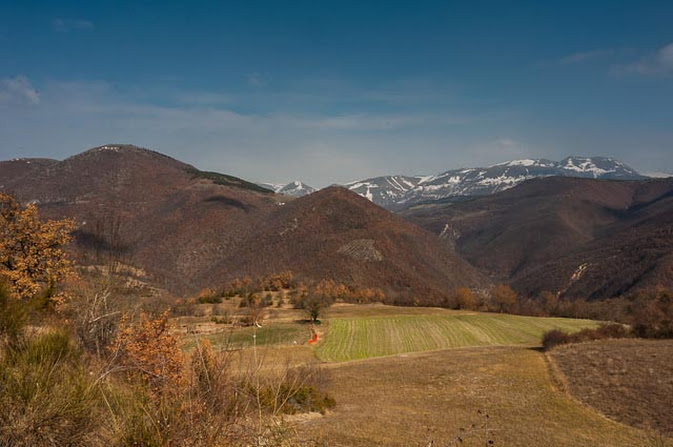
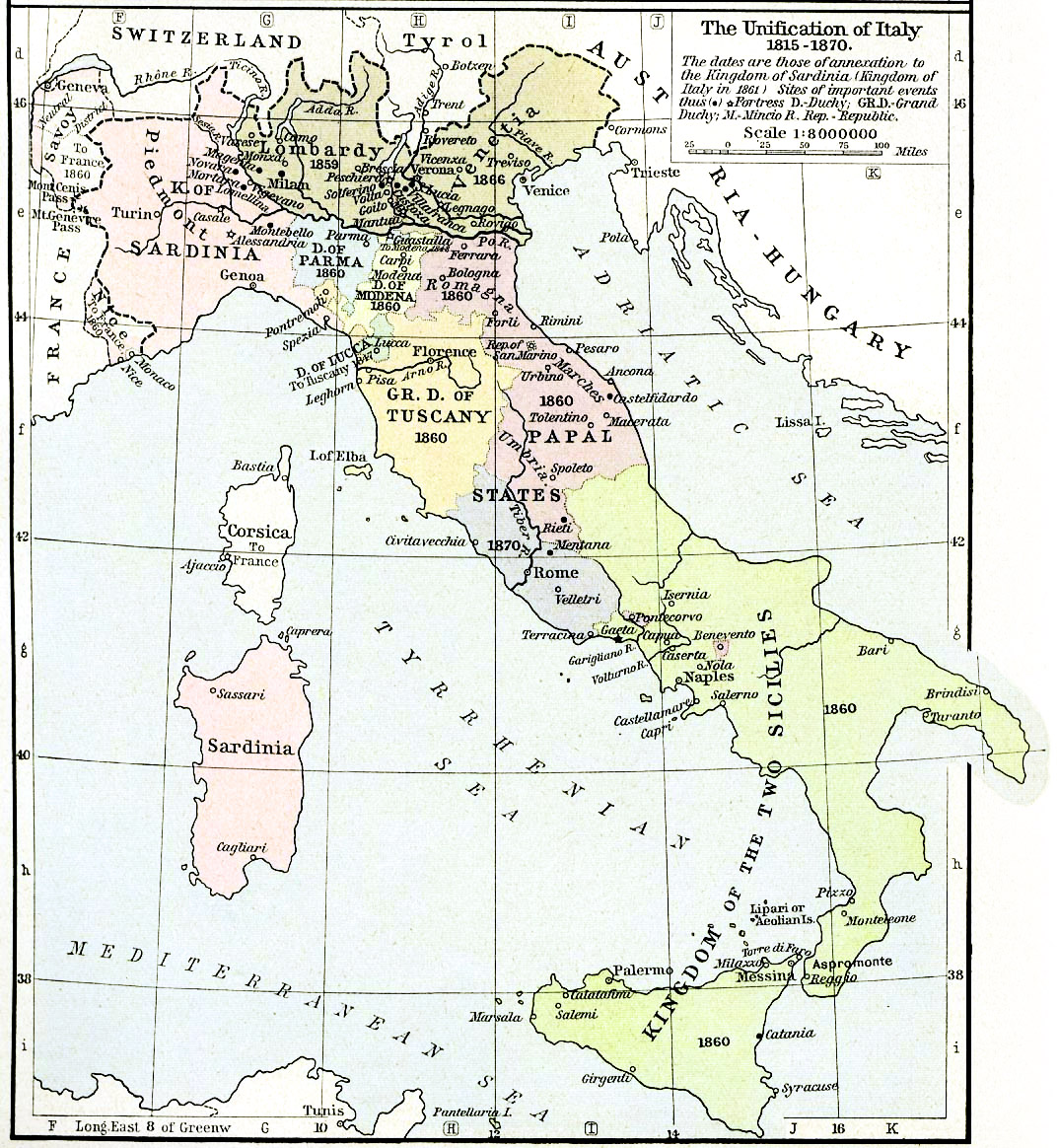
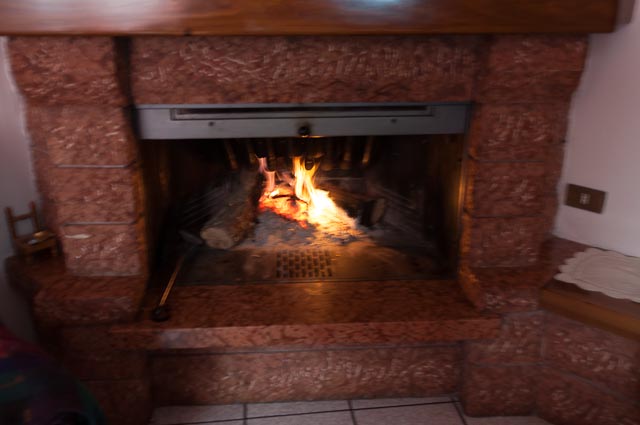

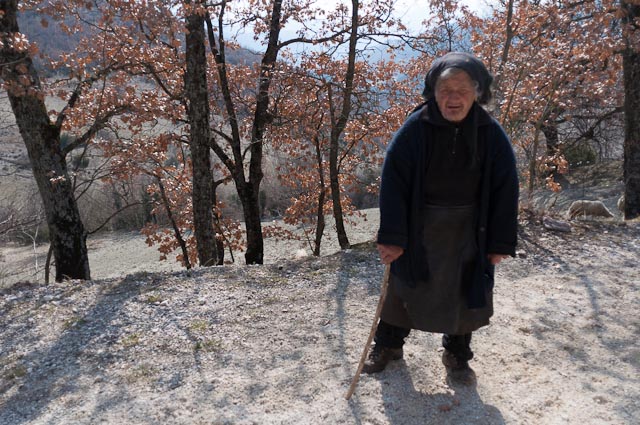
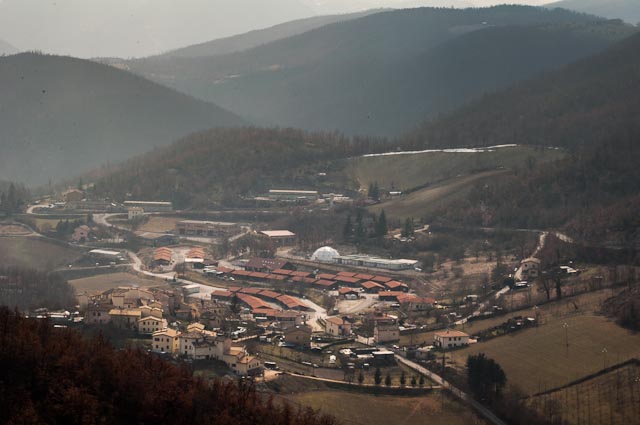

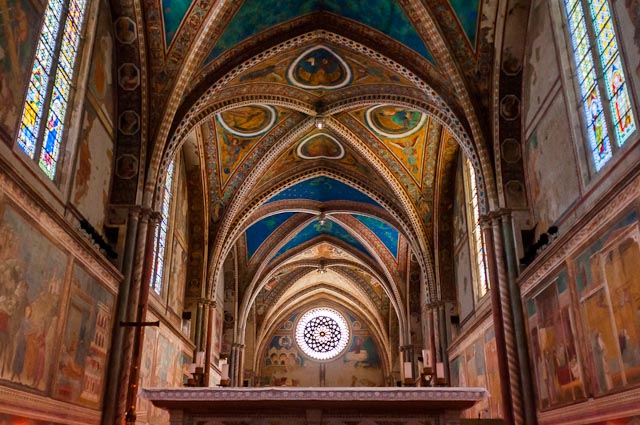 Upper church
Upper church Lower church
Lower church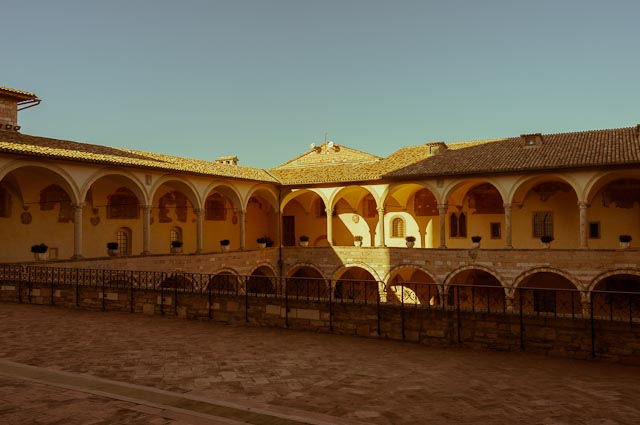 Sacro Convento
Sacro Convento







